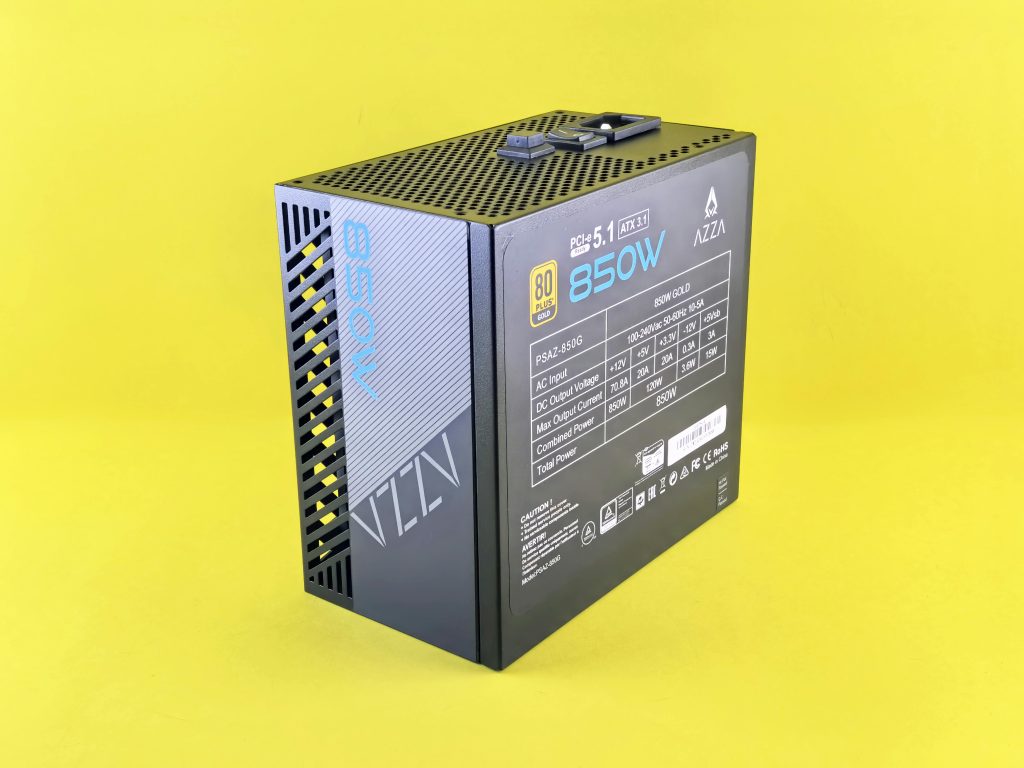Understanding Charger Tip Heating During Intensive Tasks on Your Gaming Laptop
Many gaming and high-performance laptop users have experienced issues related to their power adapters, particularly with charger tip heating and connection stability during demanding use. If you’ve noticed that your charger tip becomes unusually hot only when running resource-intensive applications like 3D modeling or gaming, you’re not alone. This article explores possible causes and solutions to help you diagnose and resolve this common issue.
The Scenario: Charger Tip Heating and Disconnection Issues
Consider a gaming laptop used for tasks such as 3D rendering in Blender or playing demanding games. Over time, the user observes that the charger’s tip heats up significantly during intense workloads. Additionally, the charger sometimes disconnects unexpectedly, even though it remains plugged in. Interestingly, when the device is in sleep mode or performing light tasks like browsing, the charger tip remains cool, and the connection stays stable.
Potential Causes of Charger Tip Heating and Disconnection
-
High Power Draw During Intensive Tasks
When performing demanding activities, your laptop’s power consumption increases substantially. The charger must supply more power, which can lead to increased current flow through the connector. This higher current can cause the charger tip to heat up, especially if there are any underlying issues with the connection or the charger itself. -
Worn or Damaged Charging Cable or Tip
Over time, repeated use, frequent unplugging, or bending can cause wear and tear on the charging cable and tip. A degraded connection can create higher resistance at the junction, resulting in heat and potential connection loss. -
Loose or Dirty Connection Points
Dust, debris, or slight misalignments within the connector can impede proper electrical contact. During high load, these minor issues can become more pronounced, leading to increased resistance and heat. -
Inadequate or Faulty Charger
Using a charger that does not match the manufacturer’s specifications, or one that is damaged or faulty, can lead to insufficient power delivery or excessive heat generation. -
Internal Hardware or Power Management Issues
Though less common, internal hardware issues within the laptop’s power circuitry can cause abnormal power draw or distribution problems, resulting in overheating at the connection point.
Practical Steps to Address the Issue
- Inspect the Charger and Cable
Carefully examine the charger tip and cable for signs of damage, fraying, or wear. If any defects are visible, replacing the charger or cable may be necessary.
Share this content:



